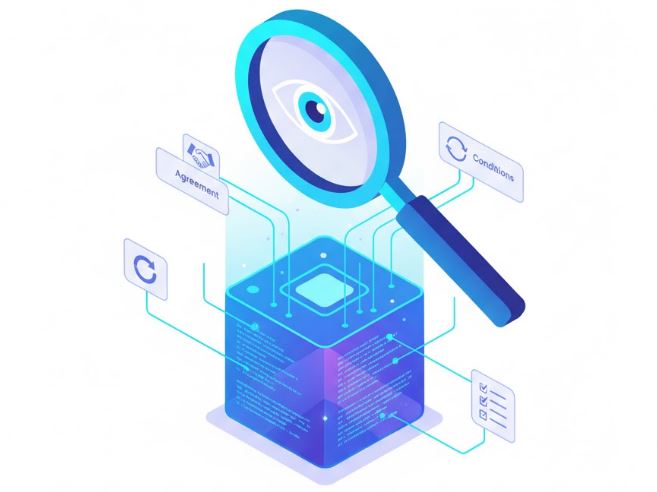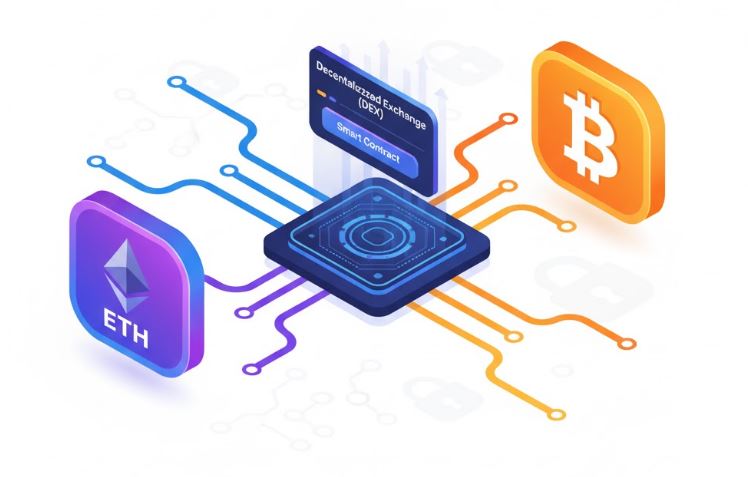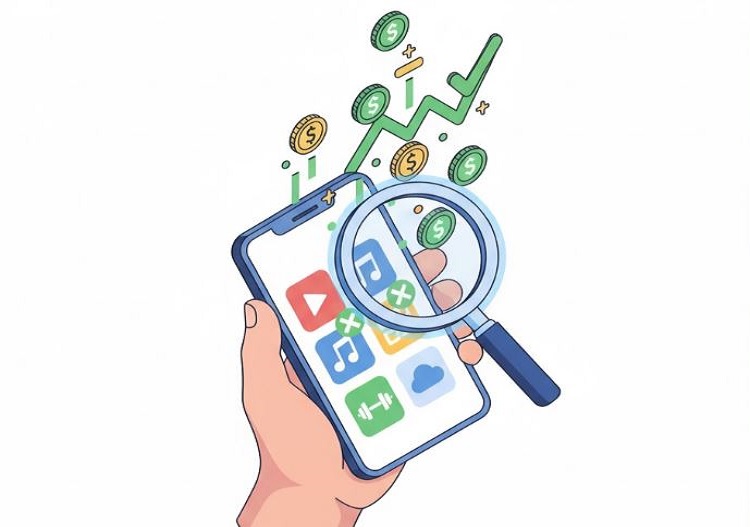Smart contracts are small programs that run on a blockchain when certain conditions are met. For beginners, they often look confusing, full of symbols and code, but you don’t need to be a developer to understand the basics. All you really need is to know what parts to pay attention to.
The first key part of a smart contract is who controls it. This is normally shown as the “owner” or “admin.” That person or group may be able to pause the contract, update rules, or move funds. If one person has too much control, the contract may not be fully decentralized.
Next are variables, which are pieces of information stored by the contract. These include token balances, limits, addresses, or other important values the program keeps track of. You can think of them like labeled boxes holding information.
Then come the functions, which are like buttons the contract can press. Common examples include sending tokens, approving a withdrawal, or updating a setting. By simply reading the function names, you can usually get a sense of what the contract is designed to do.
Some contracts also include safety features like time delays or multi-signature approvals, which prevent one person from taking sudden control of all funds. These are good signs of stronger security.
Most smart contracts are public, and websites like Etherscan make them easier to read. They even show a summary of the contract’s functions and past activity so you can see how it behaves in real time.
You don’t have to memorize all the code to understand a contract. If you can identify who has control, what data it stores, and what actions it can take, you already understand the core of how it works.
With a little practice, reading smart contracts becomes less like looking at strange code, and more like reading a set of instructions for how digital money is managed.







